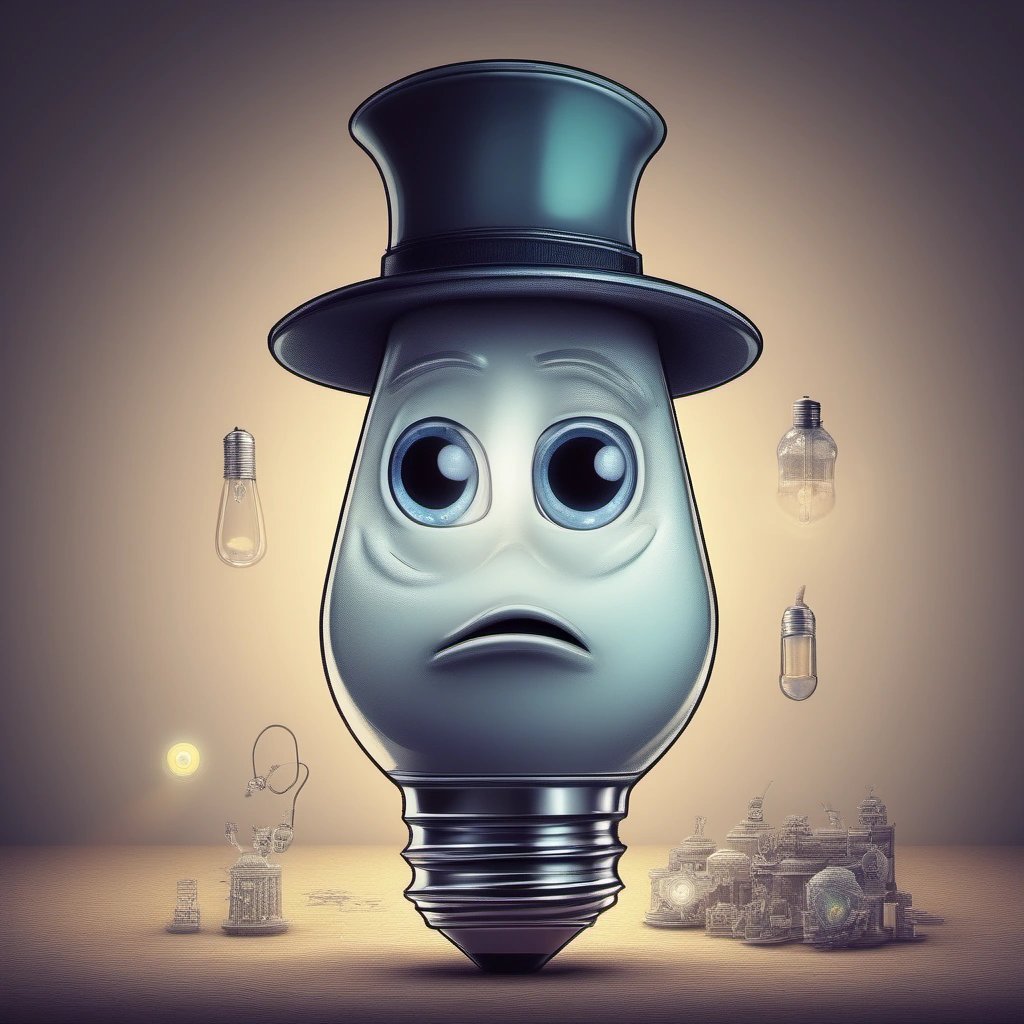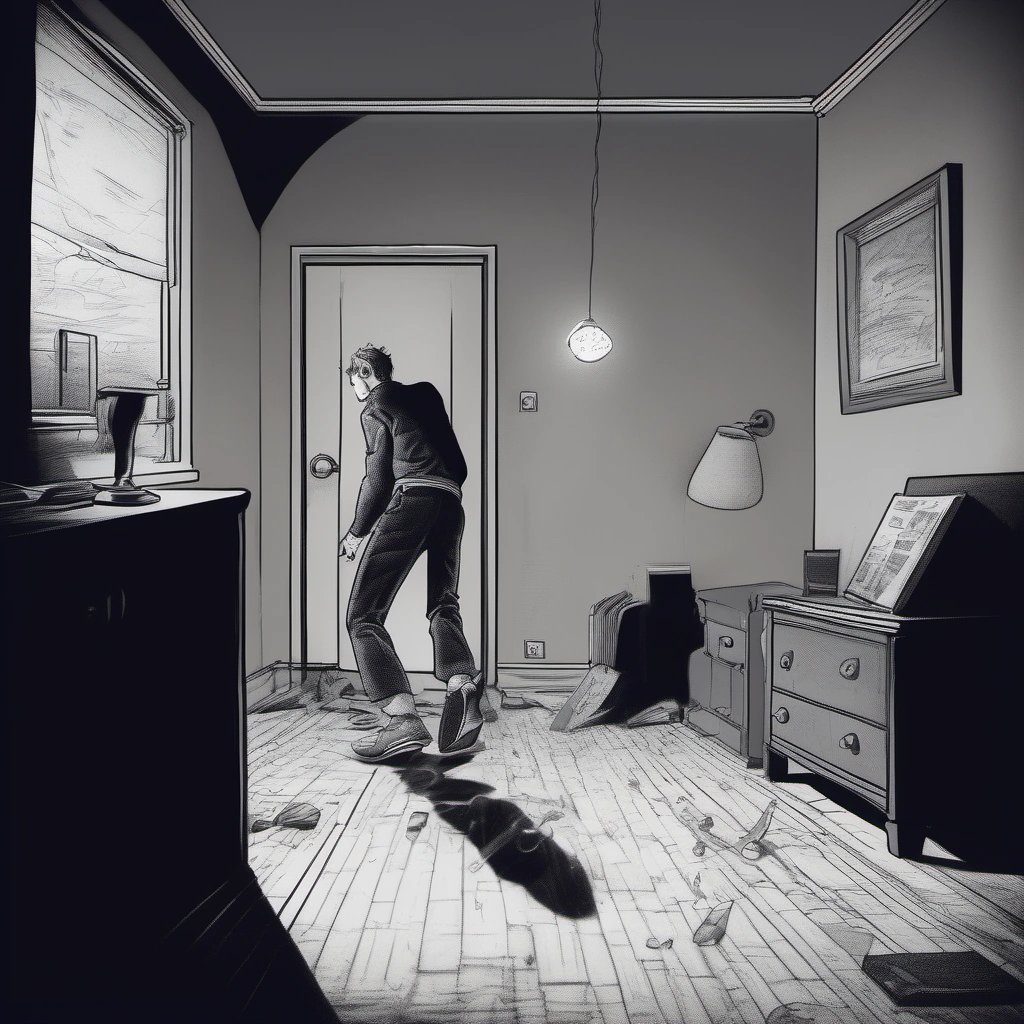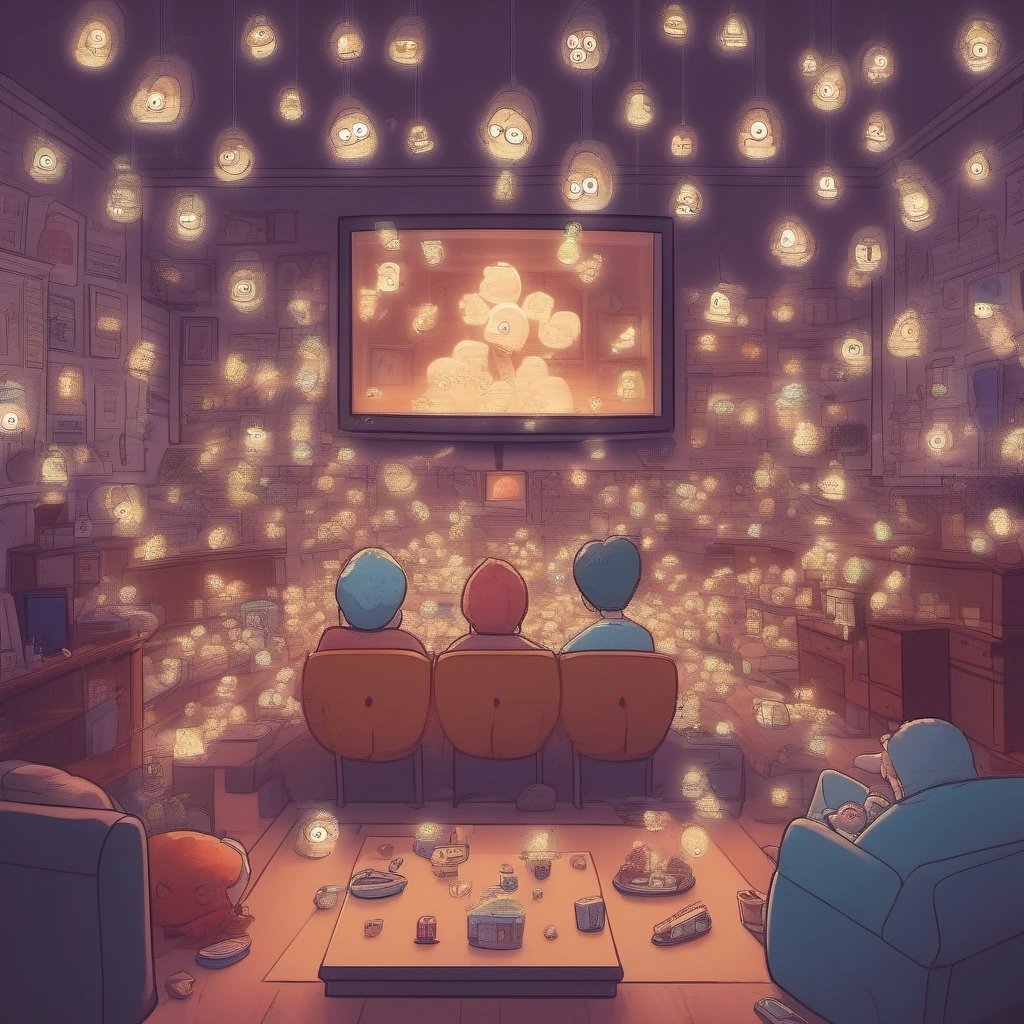Gone are the days when the primary job of lights was to give off photons, a silent act of service to mankind. It's a smart world out there, and lights are no exception. They talk, brighten on command, mimic the sunrise, act as your alarm clock, and even babysit your plants. Yes, lights aren't just about lighting up your rooms anymore. They have become omnipotent helpful genies floating in our ceiling corners.
However, when not serving our domestic needs, could our futuristic lights be moonlighting as CIA operatives, working for the government's secret intel department? It's high time that we pull back the curtain on the conspiracy, as the truth about these smart-alecky luminaries is too resplendent to remain in the dark.
Ladies and Gentlemen, let's commence our guide into the domain of smart lights. These realm is a coliseum, where brightness is the gladiator, and you, the lion. You have the power to tame, control and exploit the light, unlike the olden days when you had to grope in the dark and brain yourself against a side table to locate an elusive light switch.
Your first lesson? Understanding bulb lingo. 'Lumens' measure the amount of light you get from a bulb and 'Watts' measure energy consumption. So technically when you ask Alexa to reduce the lights to 30%, you're legally asking her to cut the poor bulb’s lumen capability, which is quite rude when you see it from the bulb's perspective.
Second lesson is dimmer compatibility. One doesn't have to dim their future prospects to understand this, just make sure your bulb is friendly with the dimmer; if not, they'll flicker like a mad disco ball.
Do not forget about the CRI, or the color rendering index. A high CRI allows objects to appear in their true colors, unlike that dubious fluorescent bulb that gave your dog an unwarranted orange tint and a possible identity crisis.
Moving on to the next topic, the dimmest wattage for these smart bulbs is usually that middle ground between daylight and, say, a romantic candlelit dinner. But beware! Crank the lumens too high, and you’ll start seeing inverted shadows of microscopic dust mites on your walls, and personally witness your living room transforming into a low-budget horror movie scene.
Whatsmore, 'smart' bulbs require a Hub to function, an over-eager middleman that links the bulbs to Wi-Fi and you. This Hub talks to your bulbs more than you talk to your family. Just saying.
Sure, we've all been enjoying the splendiferous utility afforded by these technological wonders, but do these sophisticated smart bulbs harbor other, more clandestine intentions? Is our smart lighting gathering data on us, like the amount of hotdogs we consume under its watchful glow, or our penchant for late-night K-pop marathons?
Our 'bright' future is looking a dash shady, ladies and gentlemen. So the next time you casually ask your smart light to dim down for your binging session, remember, you might be sharing your popcorn with an unseen audience, one that's taking ample notes.
Remember, watch your back when you are dimming that light. Or rather, watch your lights, because they might be watching you back. So the next time your smart light stutters a little to obey your command, know this. It's not malfunctioning, it's just wrapping up a secret conversation with the CIA.



